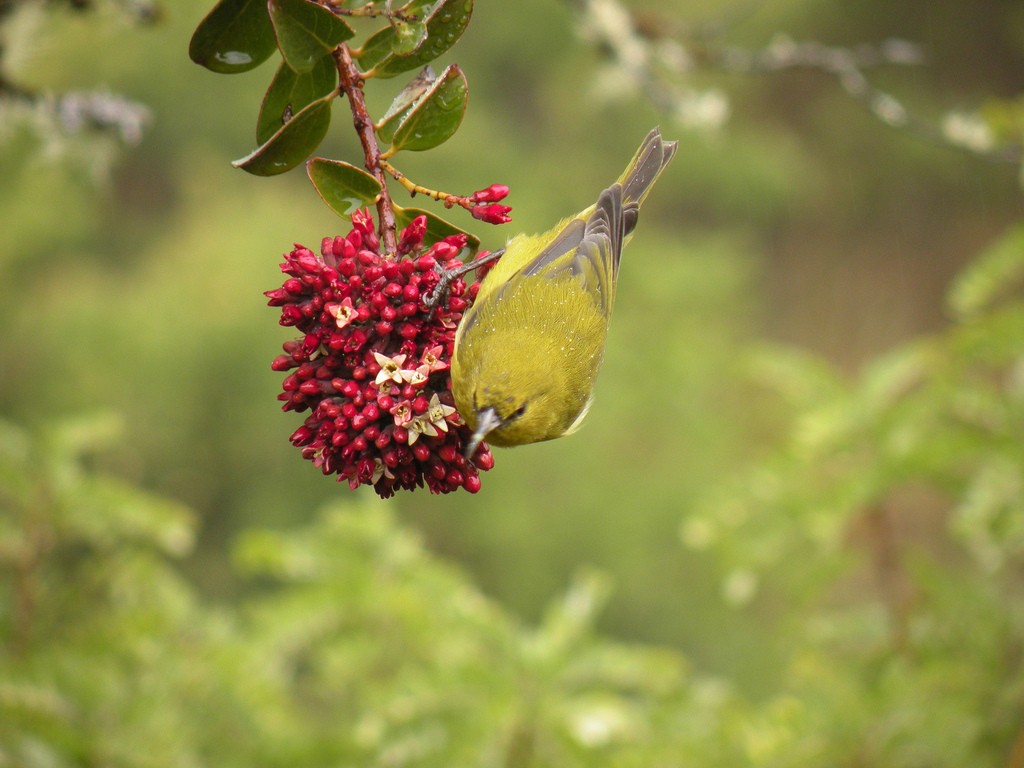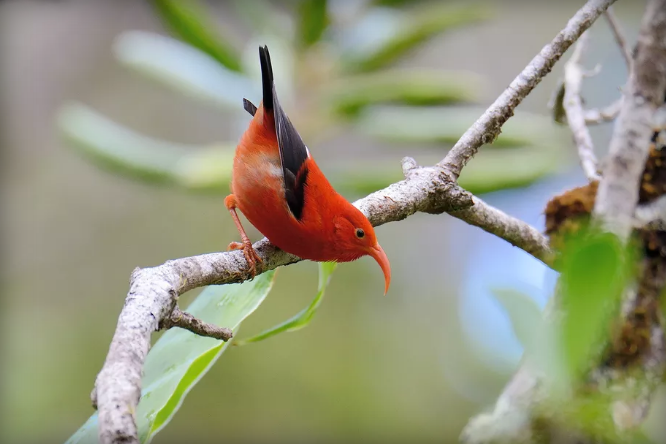December 4, 2024
The Ebiil Society: Champions of Palau
Ann Singeo, founder of our partner organization the Ebiil Society, shares her vision for a thriving Palau and a flourishing world of indigenous science!
We use cookies to help you navigate efficiently and perform certain functions. You will find detailed information about all cookies under each consent category below.
The cookies that are categorized as "Necessary" are stored on your browser as they are essential for enabling the basic functionalities of the site. ...
Necessary cookies are required to enable the basic features of this site, such as providing secure log-in or adjusting your consent preferences. These cookies do not store any personally identifiable data.
Functional cookies help perform certain functionalities like sharing the content of the website on social media platforms, collecting feedback, and other third-party features.
Analytical cookies are used to understand how visitors interact with the website. These cookies help provide information on metrics such as the number of visitors, bounce rate, traffic source, etc.
Performance cookies are used to understand and analyze the key performance indexes of the website which helps in delivering a better user experience for the visitors.
Advertisement cookies are used to provide visitors with customized advertisements based on the pages you visited previously and to analyze the effectiveness of the ad campaigns.
Looking to make an impact this Earth Month? Here’s how.

Hawai’i’s iconic Honeycreepers face a number of threats. To avoid extinction, these beautiful native birds are in need of immediate conservation intervention.
Bright red wings streak across a grey sky. Yellow feathers flash amid quivering green leaves. Soft songs punctuated by raspy cheeps rise up from trees swathed in the dawn’s faint light. Long, narrow bills plunge into tropical wildflowers in search of nourishing nectar. Hawai’i’s native birds have long graced the verdant islands. But is this visual and acoustic spectacle disintegrating, on its way to becoming nothing more than a memory of Hawai’i’s natural history?
Many of the bird species native to the Hawaiian Islands are on the decline. Honeycreepers in particular, in all their visual and auditory splendor, are becoming extremely rare as numerous threats to their survival converge. At least thirty-two species of Honeycreeper have already gone extinct, and six of the remaining eighteen species are close on their heels.
What’s threatening Hawaiian Birds?
The plight of the Honeycreeper began in the 1800’s when settlers arrived on the Hawaiian Islands, unwittingly bringing rats with them. The rodents arrived by accident, as stowaways on ships, and quickly established themselves on the islands. They readily took to the native Hawai’i ecosystem, ransacking nests for eggs and even preying on small adult birds. The rats came to the island with an unfair advantage—the birds they hunted had never encountered such predators before, and therefore had no defenses. The helpless Honeycreepers began to succumb to the unchecked invasive predators. Vacant nests and eggshell fragments signal trouble across the islands– involuntary, silent cries for help.

Then, to make matters worse, mosquitoes arrived on the Hawaiian Islands via ship ballast water. These mosquitoes carried diseases fatal to birds. Initially, the Honeycreepers responded to the novel threat by moving into higher regions of the islands, where the cooler temperatures offered refuge from the heat-seeking mosquitoes.
Displacement from their territory was not ideal, but at least the Honeycreepers had found new safe habitat. The relief was short-lived, however, as rising temperatures stimulated unprecedented changes in the island environment. With climate change, the higher-elevation regions of the islands warmed, enabling the mosquitoes to expand their territory. This time there was no refuge for the Honeycreepers to turn to.
Normally when a natural system is confronted with a novel disturbance, species adapt. Honeycreepers displayed behavioral change–they adapted to the presence of mosquitoes by moving into new habitat. This adjustment worked initially, but lost its efficacy once the climate changed.
The next hope for the Honeycreepers may have lain with the process of evolutionary adaptation—perhaps the birds could evolve an immune defense against the mosquito-borne diseases. Even if it took several generations to arise, at least the Honeycreepers would ultimately overcome the threat of mosquitoes.
However, high genetic variation in a population is a pertinent prerequisite for evolutionary adaptation. The population sizes of Honeycreepers were already small, given that they were restricted to the boundaries of the islands. This limitation combined with decline caused by the invasive rats made for populations far too small to afford the Honeycreepers the genetic variation they needed. A swift evolution of resistance to the mosquito-borne diseases would not come to the Honeycreepers’ rescue.

What will happen if Honeycreepers go extinct?
The collapse of Honeycreeper populations presents concerns for the Hawai’i’s ecosystem as a whole. Through seed dispersal and pollination, Honeycreepers facilitate the growth and health of native plants. They also keep insect populations in check. Because the islands are isolated, no nearby bird populations exist that could replace the Honeycreepers if they were all to completely disappear.
The six species of Honeycreeper on Kauai may soon go extinct if their numbers continue to fall at a similar rate as they have been for the last 10 years.
What now?
Conservationists have initiated a captive breeding program to prevent the extinction of Hawai’i’s imperiled Honeycreepers. Conservationists are working in tandem on dismantling the invasive rat population, a necessary preparation for the eventual release of captive birds back into the wild. The presence of mosquitoes and the rising temperatures are outstanding problems in need of creative and critical thinking.
A new coast-to-coast trail is being built in Hawai’i that will offer people the opportunity to discover and enjoy the island’s remaining bird populations. Generating awareness of the rare Hawaiian Honeycreepers is key for their ongoing protection.

What the Honeycreepers need from us is biosecurity, invasive species removal programs, and until their populations can recover, captive breeding programs. What do we need from the Honeycreepers? We need them to keep flying, singing, nesting, foraging, and feeding our craving for nature. Imagine–what would Hawai’i be without the winged natives that bring the islands to life?
Featured photo: Hawaii Amakihi. Credit: Marcel Holyoak/Flickr
Read the scientific paper: Science Mag
Read the original news article: The Verge
Check out other journal entries we think you might be interested in.
Notifications